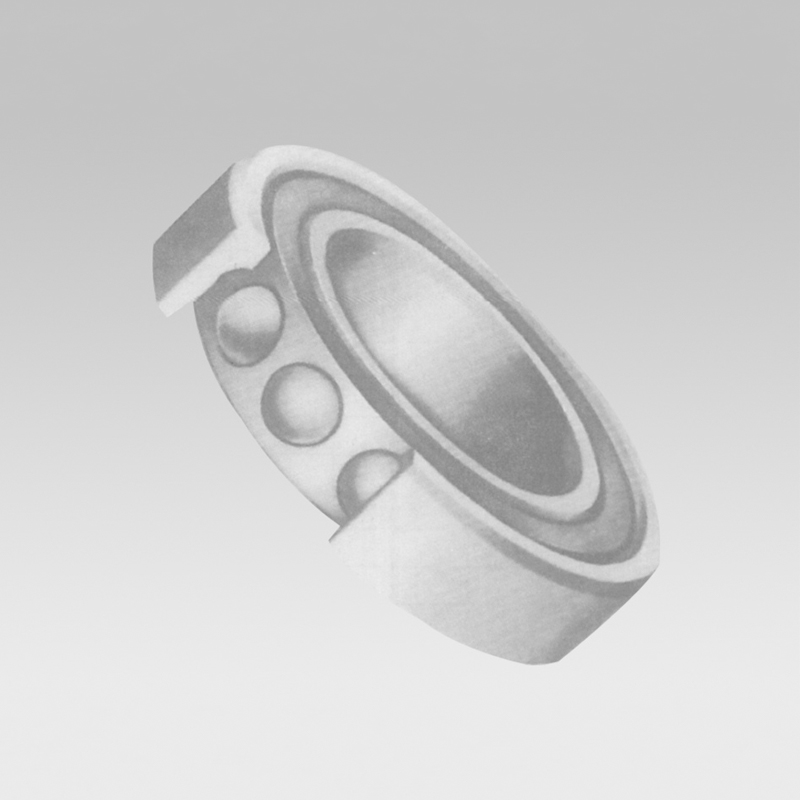
Dec . 03, 2024 18:38 Back to list
deep groove ball bearing specifications
Understanding Deep Groove Ball Bearing Specifications
Deep groove ball bearings are among the most commonly used bearing types in various applications, from electric motors to automotive components. Their versatility and ability to handle both radial and axial loads make them popular across many industries. Understanding the specifications of deep groove ball bearings is crucial for selecting the right bearing for your application and ensuring optimal performance.
What is a Deep Groove Ball Bearing?
A deep groove ball bearing consists of an inner race, an outer race, a ball, and a cage that holds the balls in place. The deep grooves in the races allow for the accommodation of both radial and axial loads, and the ball design reduces friction during operation. These bearings are known for their durability, reliability, and ability to operate at high speeds.
Key Specifications
1. Size and Load Ratings One of the essential specifications is the bearing's size, typically described by its inner diameter (ID), outer diameter (OD), and width (W). Each bearing also has load ratings, including the dynamic load rating (C) and static load rating (C0), which indicate their capacity to support loads during operation and at rest, respectively. Understanding these ratings is critical for selecting a bearing capable of withstanding the specific loads in your application.
deep groove ball bearing specifications

2. Material Composition The material used in deep groove ball bearings affects performance, durability, and resistance to wear. Most deep groove ball bearings are made from high carbon chrome steel due to its excellent hardness and wear resistance. However, alternatives like stainless steel or ceramic materials may be used for specific applications that require corrosion resistance or high-temperature performance.
3. Seals and Shields Deep groove ball bearings can come with seals or shields to protect the internal components from dirt, moisture, and other contaminants. Sealed bearings have rubber or synthetic seals that provide maximum protection but may generate more friction. Shielded bearings, on the other hand, have metal shields that offer a balance between protection and friction reduction. When selecting a bearing, consider the operating environment and whether contamination is a concern.
4. Clearance and Fit Bearing clearance refers to the internal space between the balls and the races. It can affect the bearing's performance and lifespan. Zero clearance is typical for high-precision applications, while a greater clearance may be suitable for applications with more temperature variation or misalignment. Moreover, the fit between the bearing and the shaft or housing is crucial to ensure adequate performance. It can be classified as a loose fit, transition fit, or interference fit, each suited for different operational conditions.
5. Performance Characteristics Deep groove ball bearings are characterized by several performance attributes, including speed rating, temperature range, and noise level. The speed rating indicates the maximum operational speed; exceeding this can lead to overheating and premature failure. The temperature range specifies the limits within which the bearing can operate reliably. Noise levels are particularly important in applications requiring low operating noise, such as in certain automotive or household appliances.
Conclusion
Choosing the right deep groove ball bearing involves understanding various specifications and how they relate to the intended application. By considering dimensions, load ratings, material composition, sealing options, clearance, fit, and performance characteristics, engineers and designers can select bearings that ensure optimal functionality, reliability, and longevity. As technology advances, the design and materials used in deep groove ball bearings continue to evolve, making it imperative for professionals to stay updated on the latest advancements. By selecting the correct specifications, one can optimize equipment performance, reduce maintenance costs, and extend the life of bearings in numerous applications.
Latest news
-
Premium Deep Groove Ball Bearings | High Speed & Reliability
NewsAug.29,2025
-
Durable Scaffolding Clamps - Secure & Reliable Tube Connectors
NewsAug.28,2025
-
Common Failures in Thrust Ball Bearings and Solutions
NewsAug.22,2025
-
How Tapered Roller Bearings Can Take Shock Loads
NewsAug.22,2025
-
Angular Bearings in High-Precision Spindles
NewsAug.22,2025
-
The Impact of Misalignment on Cylindrical Roller Bearing Performance
NewsAug.22,2025
